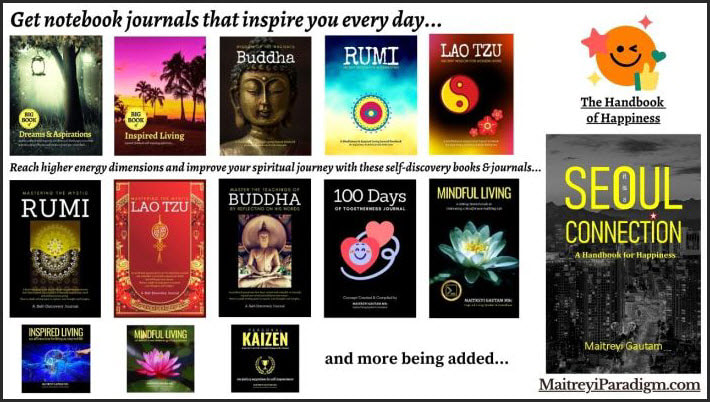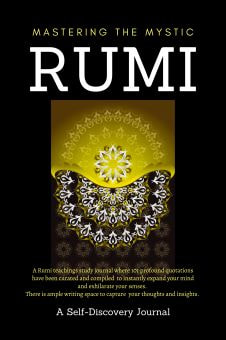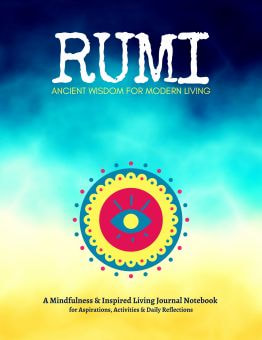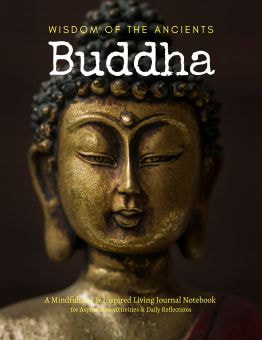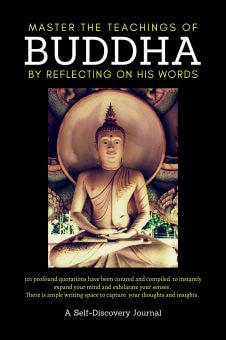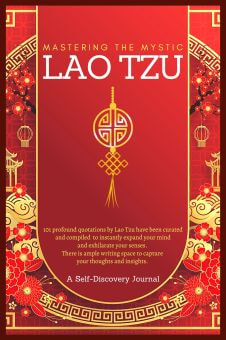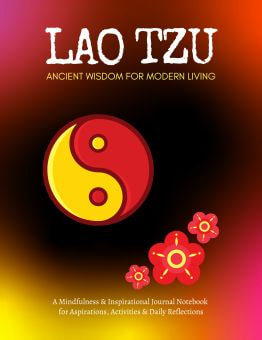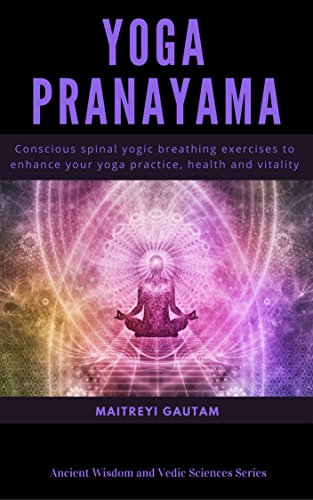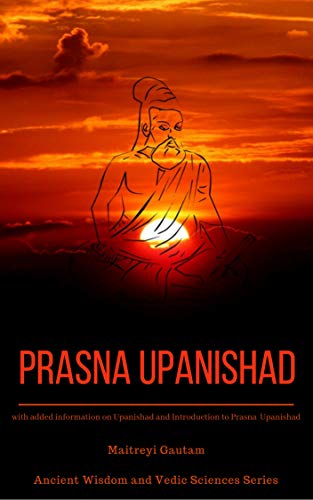Purple light meditation is a form of meditation practice that involves focusing on the visualization of purple light. The color purple is often associated with spirituality, intuition, and higher consciousness, making it an ideal focal point during meditation. Here, we will walk you through the benefits and a guide on how to practice purple light meditation.
Benefits of Purple Light Meditation
- Enhances Spirituality: Purple light is frequently linked with spiritual awareness. By focusing on this color during meditation, you may find it easier to connect with your deeper self and the world around you on a spiritual level.
- Boosts Intuition: The color purple also signifies intuition. Regular practice of purple light meditation can help sharpen your intuitive senses and improve your decision-making skills.
- Promotes Tranquility: The soothing nature of purple light can promote tranquility and peace, making it an effective tool for managing stress and encouraging relaxation.
- Stimulates Higher Consciousness: Purple is also tied to higher consciousness. Meditating on purple light can facilitate a deeper understanding of yourself and the universe, leading to personal growth and enlightenment.
How to Practice Purple Light Meditation
- Find a quiet and comfortable space where you won't be disturbed. Sit or lie down, close your eyes, and begin by taking a few deep, calming breaths.
- As you start to relax, visualize a warm, glowing purple light. This can take any form that resonates with you, such as a purple orb or a ray of light.
- Imagine this purple light spreading warmth and soothing energy throughout your body, from your head down to your toes. As it does so, envision it dissolving any physical tension or discomfort.
- Continue focusing on the purple light, visualizing it expanding and enveloping your entire being, fostering a profound sense of peace, intuition, and spiritual connection.
- If you wish to delve deeper into your consciousness, concentrate the purple light in your forehead area, also known as the third eye in many spiritual traditions, encouraging intuition and higher awareness.
- When you are ready to conclude, gently bring your attention back to your breath. Take a moment to observe any changes in your physical or mental state, then slowly open your eyes.
In conclusion...
This is everything about purple light meditation in a nutshell. Remember, with any form of meditation, regular practice is crucial. Though it may seem challenging at first, with time and consistency, it will become a natural part of your routine.
Enjoy your journey with purple light meditation!

